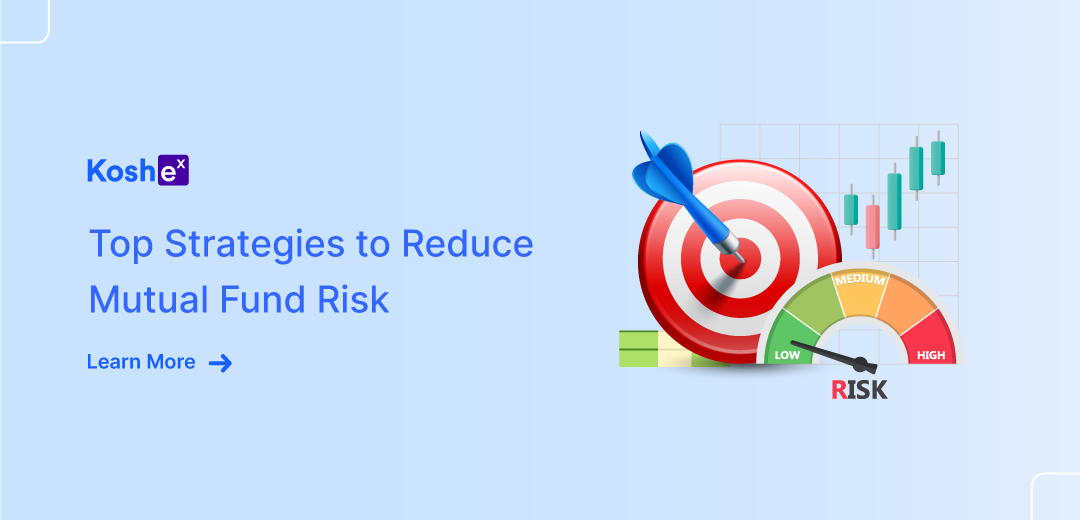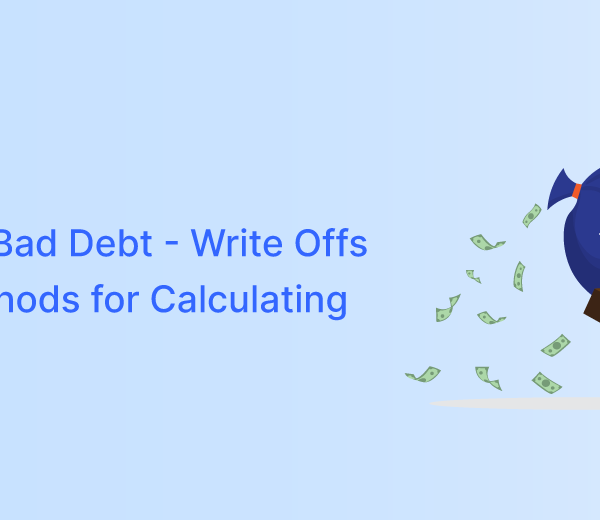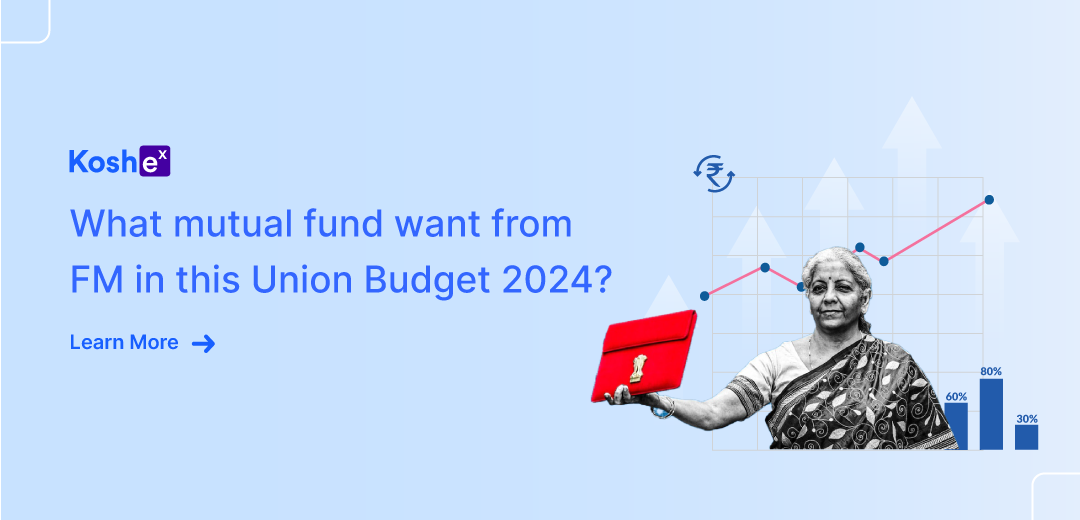Mutual funds are a popular investment instrument to grow your wealth. However, like most instruments, they come with risks as well. But that shouldn’t deter you from adding mutual funds to your investment portfolio because we are going to tell you how you can reduce mutual fund risk.
In this blog, we are sharing seven solid strategies that can help reduce mutual fund risk.
How to reduce risk in mutual funds?
1. Diversification: Spread Your Investments
One of the golden rules of investing is diversification. It’s a strategy that involves spreading your investments across several asset classes, sectors, and geographies to reduce risk. The idea behind this strategy is that different instruments react differently to the same market conditions.
How Does This Strategy Help You?
When one sector or asset class underperforms, another may perform better, helping balance out the overall performance of your portfolio. For example, if the equity mutual funds in your portfolio are underperforming due to market volatility, your debt mutual funds may provide stability. By investing across different types of mutual funds, you can lower the impact of any one fund dragging down your entire portfolio.
How To Diversify?
- Equities and Bonds – Consider balancing your portfolio between equity and debt funds based on your risk appetite.
- Domestic and International Exposure – Consider adding international mutual funds to hedge against local economic downturns.
- Sectoral Funds – Avoid putting too much money into sector-specific funds (e.g., tech or pharmaceutical), as they can be volatile.
2. Systematic Investment Plans (SIPs): Invest Regularly
Systematic Investment Plans SIP is an investment strategy that allows you to invest a fixed amount in mutual funds at regular intervals. SIPs help minimise risk by averaging out the cost of buying units, a strategy known as rupee cost averaging.
Also Read: What Are The Benefits Of A SIP?
How Does This Strategy Help You?
When you invest regularly, you buy more units when the price is low and fewer when the price is high. This averaging minimises the impact of market volatility on your overall investment, making it a safer bet in the long run. SIPs are also a great way to instil financial discipline and make investing affordable.
How To Maximise SIP Benefits?
- Start Early – The longer your investment horizon, the more you will benefit from rupee cost averaging and compounding.
- Stick To Your SIP – Even during market downturns, continue your SIPs to take full advantage of lower prices.
- Top Up Your SIP – As your income grows, increase the amount you invest through SIPs to build a larger corpus.
3. Choose Funds With A Lower Expense Ratio
The expense ratio represents the fees mutual fund companies charge investors to manage their money. A high expense ratio can eat into your returns, especially in low-performing years. Hence, it is crucial to choose mutual funds with a low expense ratio, as this directly affects your net returns.
How Does This Strategy Help You?
Lower fees mean that more of your returns go into your pocket. This is particularly important when you stay invested in the long term, as small differences in the expense ratio can add up to significant amounts
over time.
How To Choose?
- Compare Funds – Use comparison tools to analyse the expense ratios of different funds within the same category before investing.
4. Focus On Consistency Of Performance, Not Just High Returns
It’s tempting to chase high returns when selecting a mutual fund, but that can be a risky strategy. Instead, focus on funds that have shown consistent performance over several years. A fund that offers slightly lower but more stable returns is often less risky than one with sporadic but high returns.
How Does This Strategy Help You?
Consistent performance indicates that the fund is well-managed and less susceptible to extreme market conditions. While past performance doesn’t guarantee future results, it can give you a good indication of how the fund may behave in different market cycles.
How To Identify Consistent Performers?
- Look At The 5 and 10-Year Returns – Short-term performance can be misleading. Focus on long-term data to identify stable funds.
- Check Risk Ratios – Evaluate risk ratios like the Sharpe Ratio, which indicates the risk-adjusted performance of the fund.
5. Invest Based On Your Risk Tolerance
Every investor has a different risk tolerance based on their financial goals and investment horizon. Before investing in any mutual fund, analyse your risk tolerance and invest accordingly.
For example, if you are nearing retirement, you may want to focus on low-risk debt funds, whereas younger investors with a long-term horizon may choose more equity exposure.
How Does This Strategy Help You?
Investing according to your risk tolerance helps you avoid panic during market downturns. By aligning your investments with your comfort level, you are more likely to stick with your strategy over the long term.
How To Assess Your Risk Tolerance?
- Risk Profiling Tools or Apps – Use online tools or the Koshex app to understand your risk profile.
- Age and Investment Horizon – The younger you are, the more risk you can afford to take, as you have more time to recover from market losses.
6. Consider Liquid Funds For Emergency Needs
Maintaining liquidity in your investments is important to avoid financial stress during emergencies. Liquid mutual funds are an ideal choice for the short term, as they allow you to park surplus funds and offer easy access to your money when needed.
How Does This Strategy Help You?
Liquid funds offer high liquidity with minimal risk. They invest in short-term debt instruments, making sure that you can access your money quickly without locking it into long-term, risky investments.
When To Use Liquid Funds?
- Emergency Fund – Keep 3 to 6 months of living expenses in liquid funds to cover any immediate financial needs.
- Short-Term Goals – Use liquid funds for goals that are less than a year away, like vacations or home repairs.
7. Monitor Your Portfolio Regularly
Even the most solid investment strategies require regular monitoring to ensure they are aligned with your financial goals. Markets change, and so should your portfolio. By regularly reviewing your investments, you can rebalance your portfolio to reduce risk when needed.
Also Read: 5 Ways To Boost Portfolio Returns
How Does This Strategy Help You?
Regular monitoring helps you stay informed about how each fund is performing and whether any adjustments are needed. For example, if your equity funds are performing too weak, your portfolio may become too equity-heavy, increasing risk. Rebalancing by shifting some investments into debt funds can restore balance and reduce risk.
How To Monitor Your Portfolio?
- Quarterly or Semi-Annual Reviews – Schedule periodic reviews to check fund performance, expense ratios, and asset allocation.
- Exit Underperforming Funds – If a fund consistently underperforms its benchmark over time, consider switching to a better-performing fund.
Also read: How to Rebalance Your Mutual Fund Portfolio
Reducing Mutual Fund Risk – The Conclusion
Investing in mutual funds can help you achieve your financial goals but it is equally important to have strategies in place to reduce risk. By diversifying your investments, using SIPs, choosing low-expense funds, and aligning your portfolio with your risk tolerance, you can safeguard your investments from market volatility and other uncertainties.
Remember that managing risk is not about avoiding it altogether, but rather about making informed decisions to balance potential returns with acceptable levels of risk. With the right strategies, you will be able to build a strong investment portfolio that will earn high returns with low risk. If you want to start investing in low-risk mutual funds to diversify your portfolio, check out Koshex today!
Frequently Asked Questions (FAQs)
What is the expense ratio and why is it important?
The expense ratio is the fee charged by a mutual fund to manage your money. A higher expense ratio eats into your returns, especially over the long term. Choosing funds with lower expense ratios helps retain more of your investment returns.
Should I always go for mutual funds with the highest returns?
No. It’s better to focus on consistent performance rather than chasing the highest returns. Funds with stable and consistent returns over the long term are often less risky than those offering high but volatile returns.
Can I completely eliminate risk in mutual fund investments?
No. It’s impossible to eliminate risk entirely, but you can significantly reduce it by using strategies like diversification, investing via SIPs, choosing low-expense funds, and aligning your investments with your risk tolerance. The goal is to manage risk, not avoid it altogether.









Leave a Comment